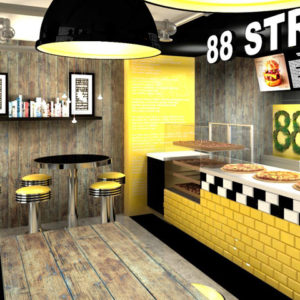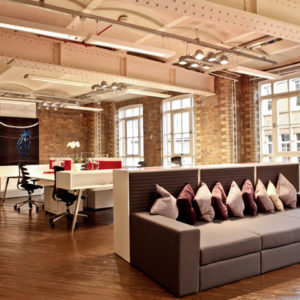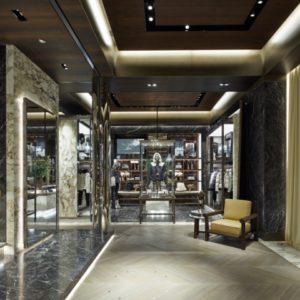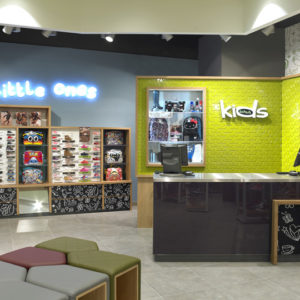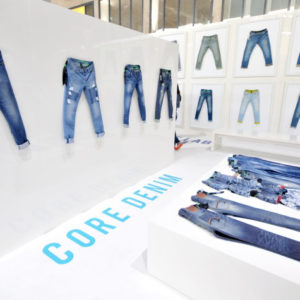
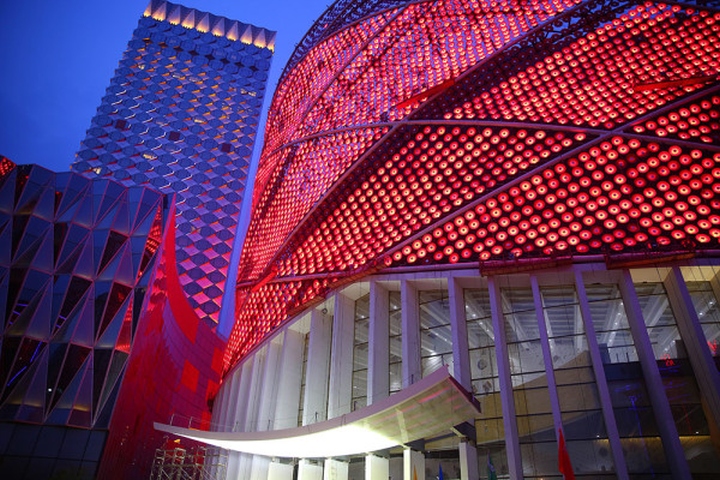

Nicknamed ‘The Red Lantern’, the Han Show Theatre auditorium in the city of Wuhan, China features a glowing façade based on the materiality of traditional bamboo and paper lanterns.

Designed by the London-based architecture practice Stufish Entertainment Architects, the superstructure of the theatre reinterprets traditional bamboo structures with eight intersecting tubular steels that orbit the theatre’s fly tower. A paper-like materiality is created through 180,000 red concave aluminium discs that are held in place with an intricate cable net structure suspended and tensioned within the trapezoidal voids created the intersecting tubular rings. Red LED’s are installed in the centre of each aluminium disc. the light across each disk is split into four quarter zones that are each individually addressable using DMX control. The resultant lighting system can host a video image of approximately 600 x 120 pixels across its surface. At ground level, the slender columns and glazing bars represent the tassels of a lantern.

The effect of the illuminated façade is described by its project architect Jenny Melville as ‘“giving a sense that light is pouring out of the bottom of the lantern and everything inside is glowing”. Inside, this state-of-the-art theatre houses 2000 moveable auditorium seats, a 10 million litre pool for aquatic performances and three moveable LED screens that were designed to be the largest in the world. The theatre is located on Donghu Lake and is part of the ‘Wuhan Central Cultural District’ development. This is a city-wide programme including offices, residences, cultural buildings and shopping malls along with waterway connections between Wuhan’s six lakes.
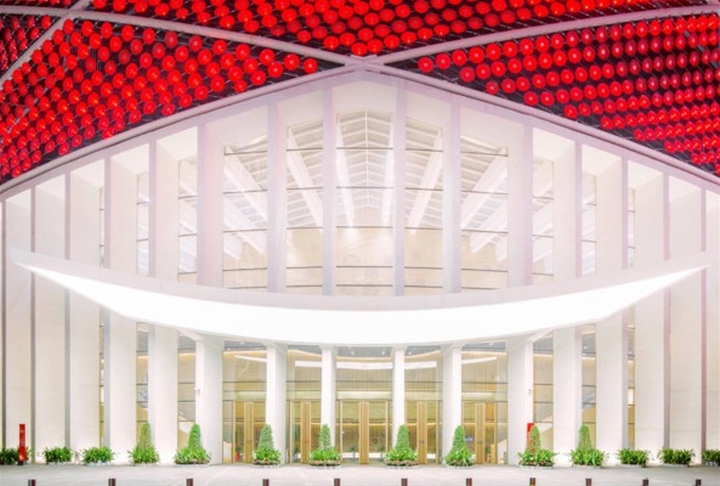
via Materia



Add to collection




